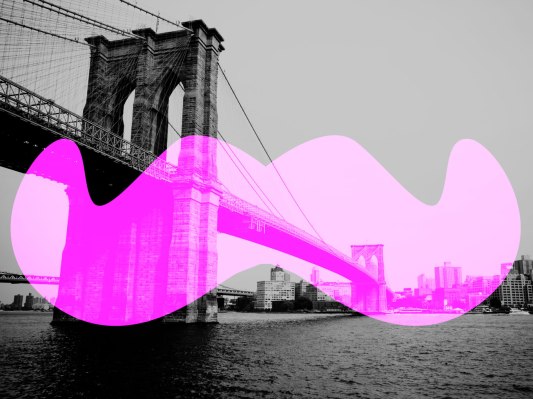On-demand ride startup Lyft has come to a bit of a resolution in the city and state of New York that will allow it to begin offering service in the city after two weeks of discussions with regulators there. But in striking a deal that will make it available in all five boroughs of the Big Apple, Lyft has agreed to pause its operations in two other cities in New York State.
Two weeks ago, Lyft announced that it planned to launch operations in Brooklyn and Queens, but ended up halting those plans after receiving pushback from the New York Attorney General and the Taxi and Limousine Commission. Ever since, it’s been in talks to reach a compromise with those bodies that would allow it to operate in the city.
That compromise has apparently been reached, with Lyft announcing today that it will finally launch operations tonight — but not just in a couple of boroughs. Lyft will offer service in all five boroughs, including the Bronx and Staten Island, as part of the agreement. That service starts at 7:00 PM Eastern Time tonight.
That’s not the only concession that Lyft has agreed to, however. As part of its launch, its entire fleet of drivers will be licensed by the local Taxi and Limousine Commission, meaning that it’s taking a step back from the pure ride-sharing model that it’s been operating under in other markets around the country.
For the most part, Lyft’s driver base has historically been made up by folks who aren’t commercially licensed by local authorities. That’s given it access to a nearly unlimited number of drivers who have a car and some spare time, as well as an inclination to drive around with a big furry pink mustache on the front of their vehicle while making extra cash.
As such, Lyft has been working hard with regulators to build a framework that is friendly to its service without requiring it to play by all the same rules as taxis and other for-hire vehicles. Because Lyft (and for that matter, Uber and SideCar) held its drivers to higher standards than those required by most local transportation bodies, it believed that adherence to those rules and need for individually issued commercial licenses for were largely moot, anyway.
That approach has worked in places like California and Seattle, where Lyft and the other ride-sharing startups have gotten new rules adopted to fit the way that they do business. But for New York City, the company will be conforming to local regulations while it tries to work out more of a compromise.
At least that’s true in the short term. In the longer term, Lyft is hoping to continue discussions with the New York TLC about possibly creating a framework that is similar to what has been adopted in California, and creates a separate class of services from the existing taxi and black car market.
The need to onboard only licensed drivers, and the need to cover a larger geographical area means that new Lyft users will probably see longer wait times than they might have in other markets. When Lyft announced its launch plans a few weeks ago, it was opening up with 500 drivers at launch.
It wouldn’t disclose numbers, but the company has acknowledged that — for what it’s now calling a beta launch in New York City — that number will be significantly smaller.
While the good news is that potential passengers in the Big Apple will now have another choice for transportation, the company is pausing operations in two other markets in New York: Buffalo and Rochester. That’s because, while it has struck a deal with the local regulator in New York City, the TLC, different rules apply in other parts of the state.
In particular, there’s an insurance requirement for for-hire vehicles that Lyft needs to comply with under state rules, which it is trying to work out before resuming rides there.
Even so, it seems like Lyft is one step closer to figuring out some of the regulatory issues that it faces in New York State.
